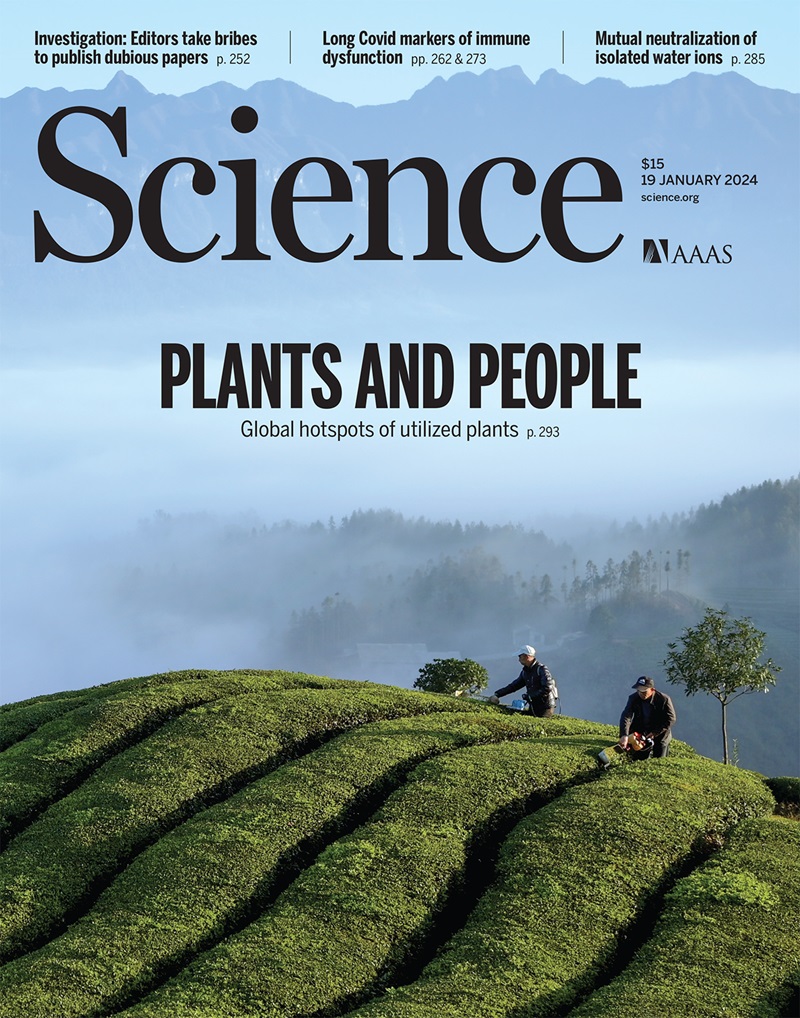基于固态量子比特的通用分布式盲量子计算
IF 44.7
1区 综合性期刊
Q1 MULTIDISCIPLINARY SCIENCES
Science
Pub Date : 2025-05-01
引用次数: 0
摘要
盲量子计算是分布式量子系统的一个很有前途的应用,其中客户端可以在远程服务器上执行计算,而无需透露应用电路的任何细节。虽然量子计算机最有前途的实现是基于各种物质量子比特平台,但在物质量子比特上实现盲量子计算仍然是一个挑战。利用硅空位(SiV)中心在具有高效光学界面的纳米光子金刚石腔中,我们在分布式双节点网络上展示了一个由单量子比特和双量子比特盲门组成的通用量子门集。利用这些成分,我们在我们的双节点网络上执行了一种具有盲操作的分布式算法,证明了在分布式模块化架构中使用物质量子位开发盲量子计算的途径。本文章由计算机程序翻译,如有差异,请以英文原文为准。
Universal distributed blind quantum computing with solid-state qubits
Blind quantum computing is a promising application of distributed quantum systems, in which a client can perform computations on a remote server without revealing any details of the applied circuit. Although the most promising realizations of quantum computers are based on various matter-qubit platforms, implementing blind quantum computing on matter qubits remains a challenge. Using silicon-vacancy (SiV) centers in nanophotonic diamond cavities with an efficient optical interface, we demonstrated a universal quantum gate set consisting of single- and two-qubit blind gates over a distributed two-node network. Using these ingredients, we performed a distributed algorithm with blind operations across our two-node network, proving a route to develop blind quantum computation with matter qubits in distributed, modular architectures.
求助全文
通过发布文献求助,成功后即可免费获取论文全文。
去求助
来源期刊

Science
综合性期刊-综合性期刊
CiteScore
61.10
自引率
0.90%
发文量
0
审稿时长
2.1 months
期刊介绍:
Science is a leading outlet for scientific news, commentary, and cutting-edge research. Through its print and online incarnations, Science reaches an estimated worldwide readership of more than one million. Science’s authorship is global too, and its articles consistently rank among the world's most cited research.
Science serves as a forum for discussion of important issues related to the advancement of science by publishing material on which a consensus has been reached as well as including the presentation of minority or conflicting points of view. Accordingly, all articles published in Science—including editorials, news and comment, and book reviews—are signed and reflect the individual views of the authors and not official points of view adopted by AAAS or the institutions with which the authors are affiliated.
Science seeks to publish those papers that are most influential in their fields or across fields and that will significantly advance scientific understanding. Selected papers should present novel and broadly important data, syntheses, or concepts. They should merit recognition by the wider scientific community and general public provided by publication in Science, beyond that provided by specialty journals. Science welcomes submissions from all fields of science and from any source. The editors are committed to the prompt evaluation and publication of submitted papers while upholding high standards that support reproducibility of published research. Science is published weekly; selected papers are published online ahead of print.
 求助内容:
求助内容: 应助结果提醒方式:
应助结果提醒方式:


